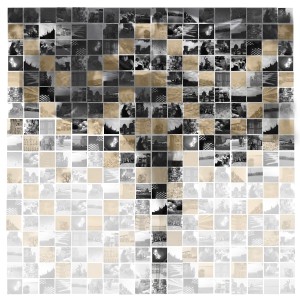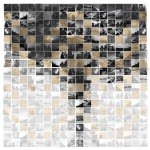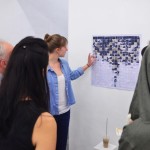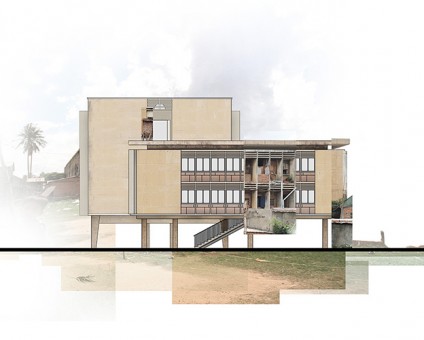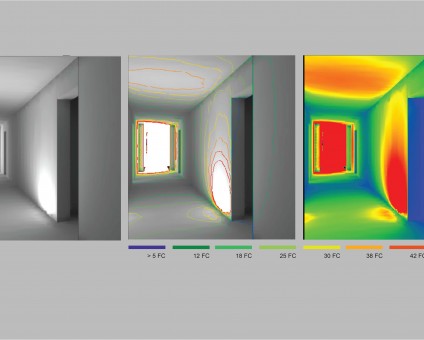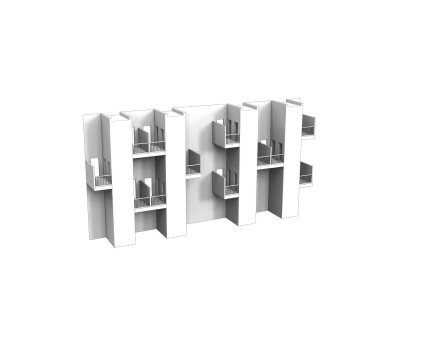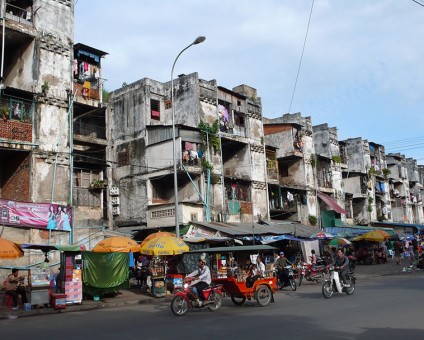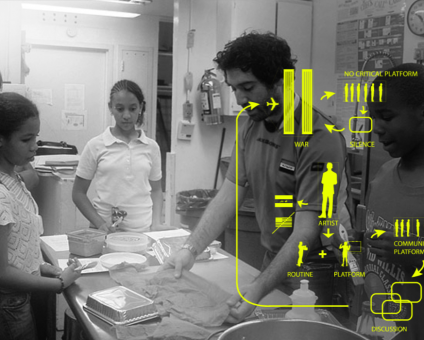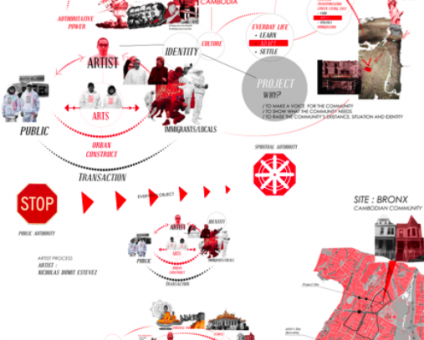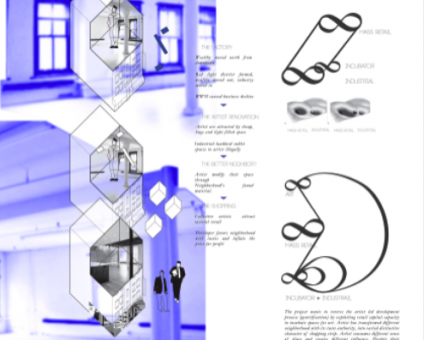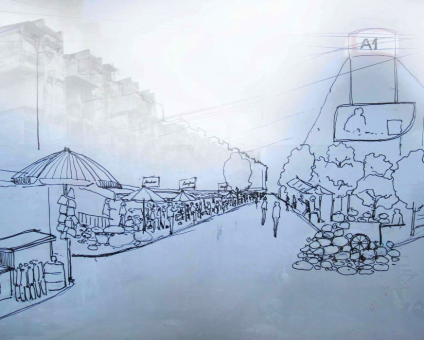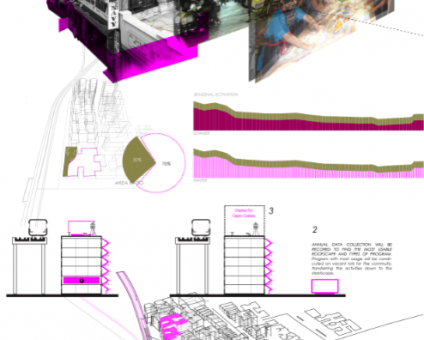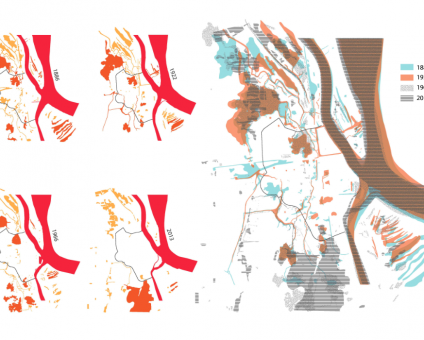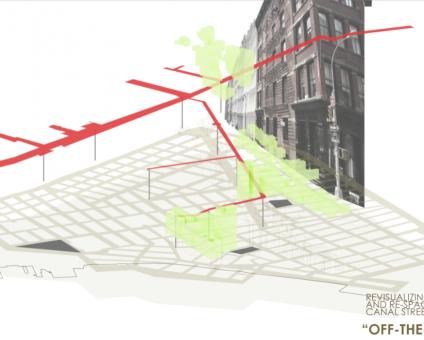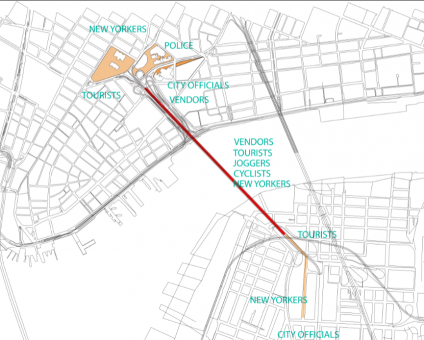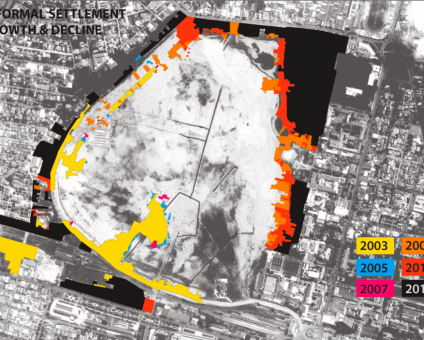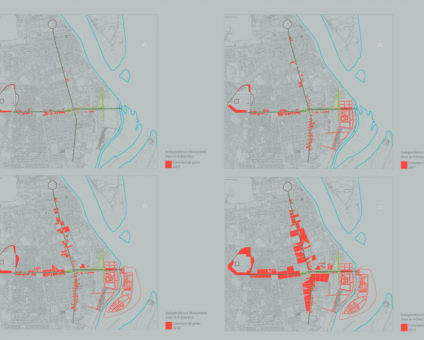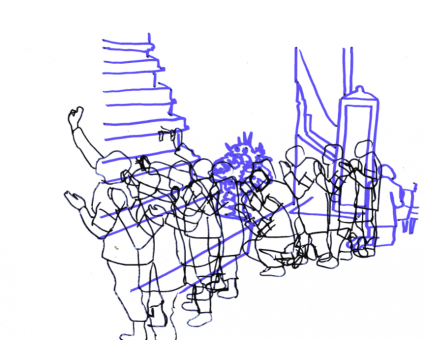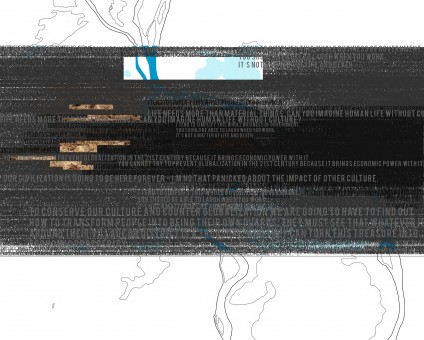Information
Group members: Mikaela Kvan, Rapa Surajaras, Danith Vuth
:
Mikaela: Our inspiration was the word ritual. We thought about ritual in terms of visible and invisible things born from intention. In talking to Samnang we learned that all of this work is very intentional and his thought process about his work is very rational. We wanted to mimic his intention through an abstract collection of photographs from our trip. And our initial image that inspired this process is from
the central train station. It’s showing the light coming through the walls and it’s really about the light being invisible and becoming visible as it passes through the holes in the wall.
:
Paan: Our poster is about ritual. We thought that ritual is a word that brings people to come to together from wherever they are. We thought about the relationship between the words visible and invisible. We chose images the two of us took along the way of “Cow Taxi.” After that we talked to the artist. We found that whatever he did, he intentionally did it. We tried to make everything geometric. The form and the pattern that each image composes represents light. Actually the light is invisible but when it comes though the building it becomes visible. So we played with the pattern and we play with the shape of the word ritual. The piece then becomes something that looks like it has no intention but actually we intentionally did it.
:
Summary: In the beginning we decided this piece was not just a paper poster. It should be a four dimensional installation that would stimulate the viewers sense of smell. The installation is based on the word “ritual.” To us, the word “ritual” evokes togetherness and intention. These are both themes we identified in Khvay Samnang’s Cambodian “Cow Taxi” project. We used the poster as a meditation on “togetherness” and “intention” through the relationship between the words “visible” and “invisible.” The poster is a collection of our own images showing visible and invisible acts of intention in Phnom Penh. The geometric shape these images compose represent light, and was derived from an image we took at the central train station that captured the sun shining through the holes in the wall; the light creates a pattern only visible when it comes through the building. We played with this pattern and our interpretation of the word “ritual” to create was seems to be an unintentional composition, however, similarly to Samnang’s work, it’s creation was very much as act of intention. Additionally, we use the incenses to create a sense of place for the viewer and to reference the artist process of mourning. In the installation we placed just one incent below the poster. In Buddhist culture incense is used to refer to the dead. In our case we use the incense to refer to the death of the tree used in “Cow Taxi” and the urban change occurring in Phnom Penh.

